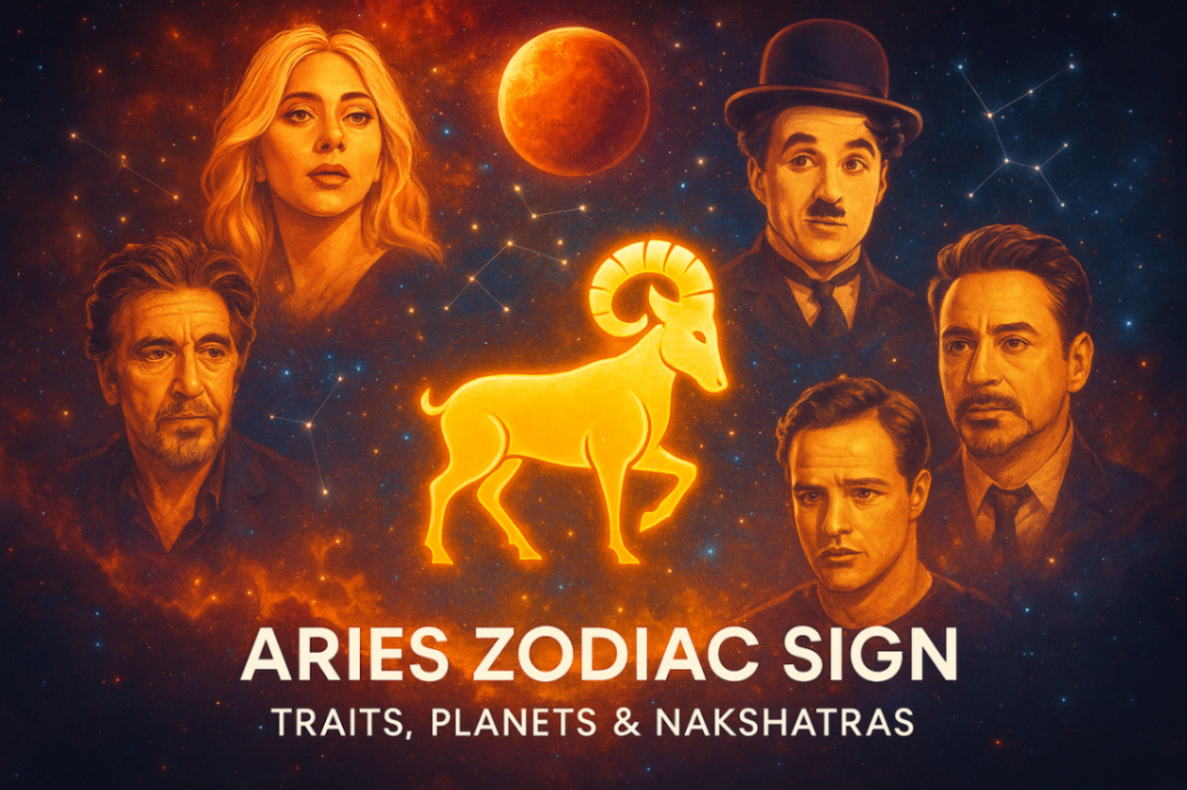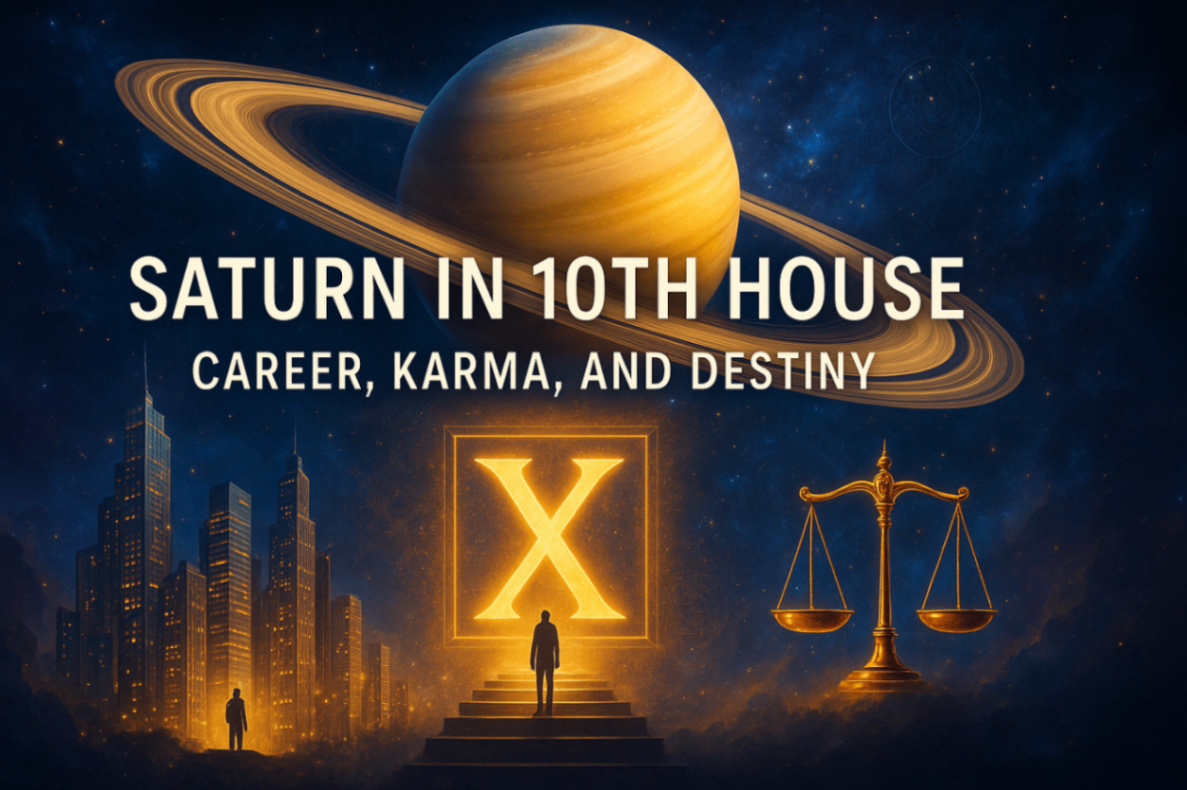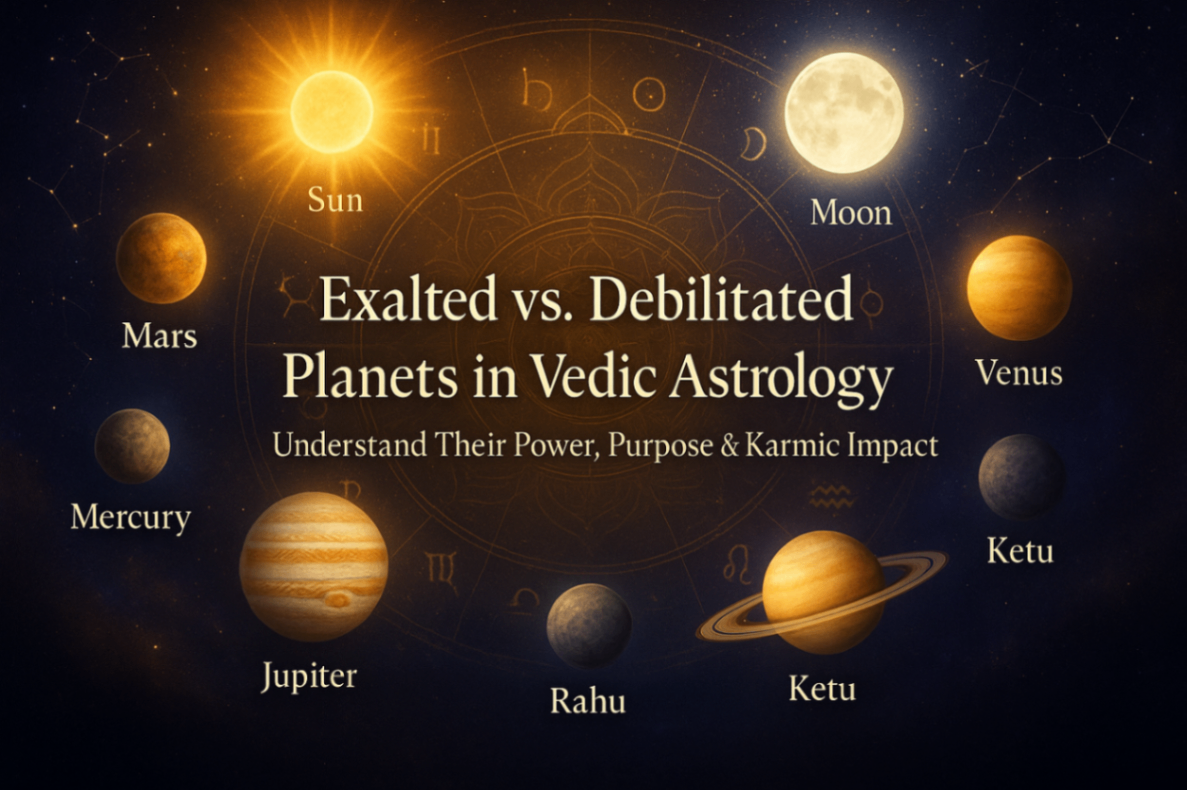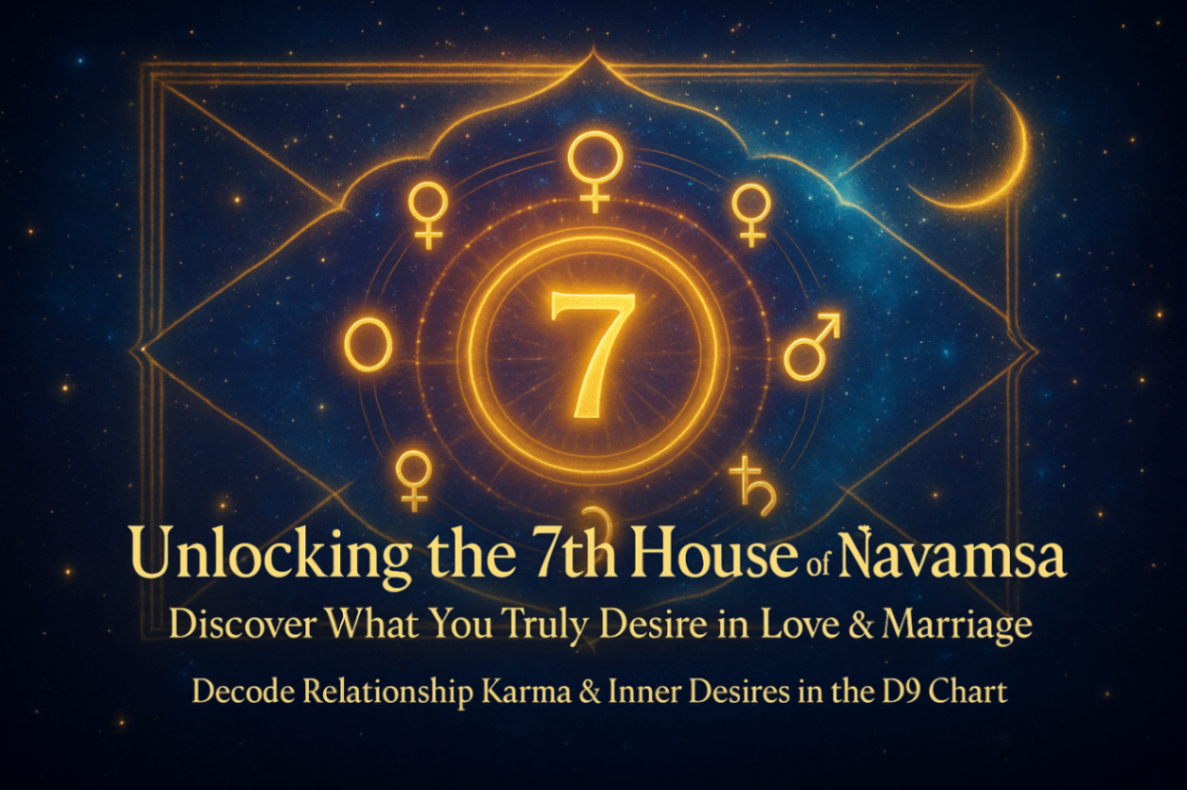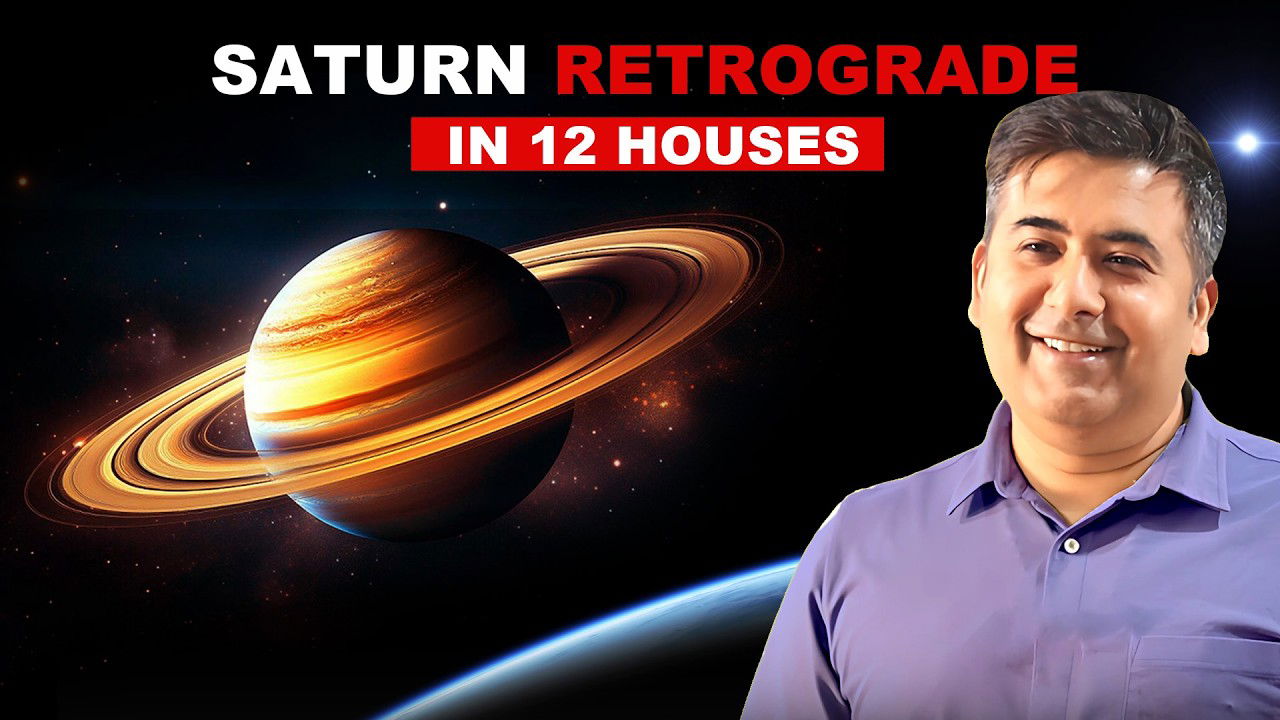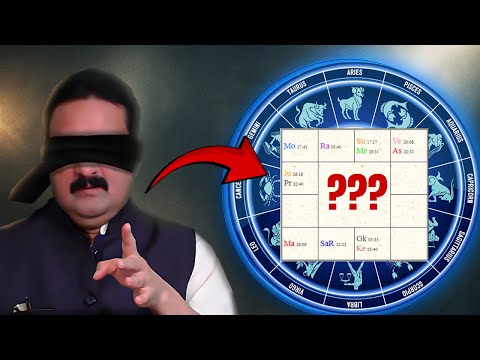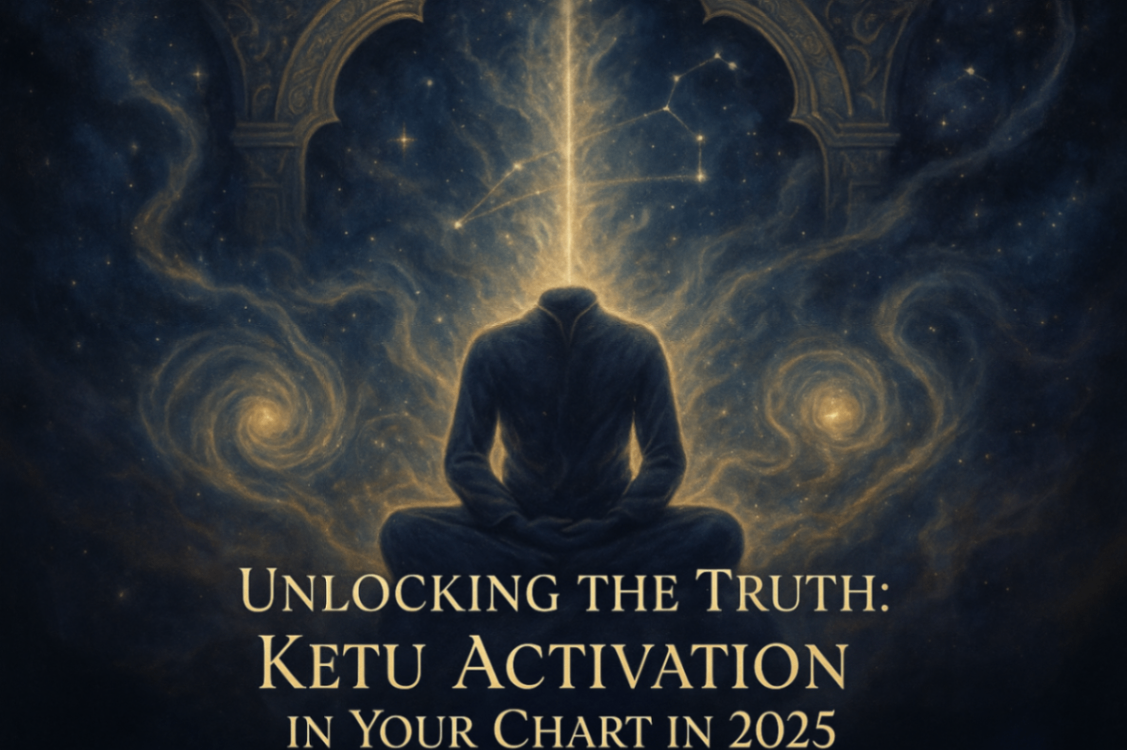Introduction to Rahu and Ketu
Rahu and Ketu are two significant nodes in Vedic astrology. They are often termed as shadow planets because they are mathematical points generated due to the motion of the Sun and Moon with respect to the Earth. Rahu is the North Node, and Ketu is the South Node. Despite being shadows, their influence in a natal chart is profound and multifaceted.
The Legend Behind Rahu and Ketu
The origin of Rahu and Ketu is rooted in an ancient legend. The story begins with the gods and demons churning the celestial ocean to obtain Amrit, the nectar of immortality. Swabhanu, a demon, disguised himself as a god to drink the nectar. The Sun and Moon, witnessing this deception, informed Lord Vishnu, who then decapitated Swabhanu. However, Swabhanu had already taken a sip of the nectar, making him immortal. His head became Rahu, and his body became Ketu. From that moment, Rahu and Ketu became eternal enemies of the Sun and Moon, causing solar and lunar eclipses.
Symbolism and Importance of Rahu and Ketu
Rahu and Ketu symbolize the constant churning within us, representing the quest for divine knowledge and liberation from the bondage of time and karma. Understanding the placement and influence of these nodes in one's chart can provide profound insights into one's spiritual journey and life experiences.
Impact of Rahu and Ketu in Cancer and Leo Ascendants
For Cancer and Leo ascendants, Rahu and Ketu can be particularly challenging. This is because these ascendants are ruled by the Moon and the Sun, respectively, which are directly afflicted by the nodes during eclipses. The nodes can create a sense of obstruction and chaos, making it crucial for individuals with these ascendants to understand and navigate their influence effectively.
Understanding the Nodes' Influence
All planets in Vedic astrology guide the soul towards self-realization and liberation. However, Rahu and Ketu do so in a more intense and colossal manner. They are known as the shadow planets, and their primary function is to accelerate and amplify certain areas of life, often bringing chaotic events to push individuals towards spiritual growth and divine knowledge.
The Six Internal Enemies of the Mind
During the dasha periods of Rahu and Ketu, individuals often confront the six internal enemies of the mind, known as Shadripus. These are:
Lust (Kama)
Anger (Krodha)
Greed (Lobha)
Delusion (Moha)
Pride (Mada)
Envy (Matsarya)
Facing these internal enemies intensely helps in driving the lessons home, leading individuals towards self-realization and liberation.
Rahu and Ketu: The Shadow Planets
Rahu and Ketu are not real planets but mathematical points. They act as facilitators and influence the areas of life represented by the houses, signs, and nakshatras they are associated with in the natal chart. Their primary role is to evoke the churning within, leading to a deeper understanding of life and the illusions we get stuck in.
Nodes and Their Symbolism with Serpents
Rahu and Ketu are often associated with serpents, symbolizing karmic bindings and the cyclical nature of time. Serpents represent regeneration, rebirth, and the creative impulse. This association highlights the transformative and healing potential of the nodes.
Understanding Rahu and Ketu's Functioning
Rahu and Ketu do not operate independently; they bring forth the karmic consequences of their placements and associations in the chart. Their influence is magnified by the houses, signs, and planets they are connected with. They function on a subconscious level, creating immense fear and churning during their dasha periods.
Rahu and Ketu in Natal Charts
In natal charts, Rahu is often associated with the future, new beginnings, and foreign elements. Ketu, on the other hand, is connected to the past, detachment, and spiritual growth. The nodes create a push-pull dynamic, with Rahu focusing on future events and Ketu on past experiences. Balancing these energies is crucial for achieving self-realization and liberation.
Maturity of the Nodes
The nodes mature at specific ages: Ketu at 48 and Rahu at 42. At these ages, the areas of life represented by their placements get activated, bringing significant life changes. Understanding the maturity of the nodes can provide insights into the timing of these transformative events.
Rahu and Ketu's Impact on Health
During the dasha periods of Rahu and Ketu, individuals may experience health issues that are difficult to diagnose. Alternative therapies such as Ayurveda, homeopathy, and yoga can be effective during these times. The nodes are also associated with grandparents, and traditional healing practices passed down from them can be beneficial.
Nodes and Spiritual Evolution
Rahu and Ketu accelerate spiritual evolution by bringing intense experiences and challenges. Their influence can lead to a deeper understanding of karmic bindings and ultimately to spiritual awakening. The nodes' placements in the natal chart can indicate areas of life where spiritual growth will be most prominent.
Balancing Rahu and Ketu
Balancing the energies of Rahu and Ketu is crucial for navigating their influence effectively. During Rahu dasha, it's essential to pay attention to Ketu's placement and vice versa. This balance helps in managing the push-pull dynamic between the future and the past, leading to a more harmonious life.
Conclusion
Rahu and Ketu play a significant role in Vedic astrology, representing the churning within that leads to spiritual growth and liberation. Understanding their influence in the natal chart can provide profound insights into one's life journey, helping individuals navigate the challenges and opportunities they bring. Balancing their energies and embracing their lessons can ultimately lead to self-realization and freedom from the bondage of time and karma.
```



